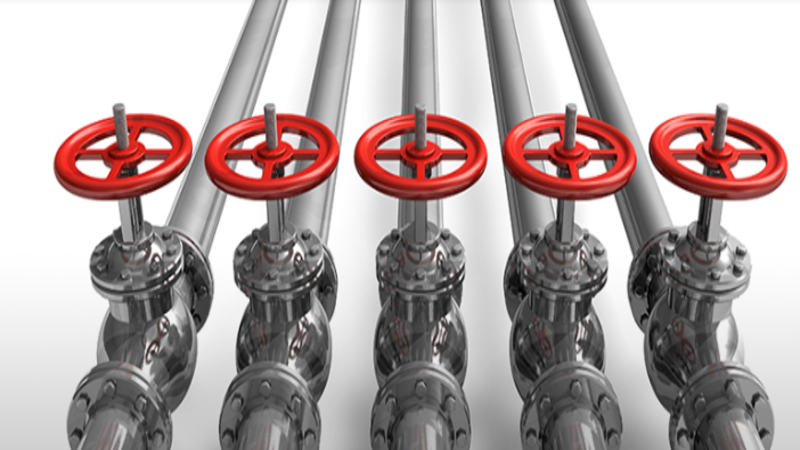Coolants and lubricants are essential components of most machining and fabrication businesses today. These fluids help to keep tools and work pieces at the proper temperature and can extend the life of your equipment. Whether you use a magnetic separator, water/oil separator or other strategy for recycling and treating coolant, here are some helpful coolant maintenance tips to give you a more efficient and profitable operation.
What Makes a Good Coolant Maintenance System?
There are three basic components to consider when it comes to coolant maintenance. Each one of these things can be a huge factor in your shop’s efficiency and success.
1. Selecting the Right Kind of Coolant
It’s important to determine which kinds of coolants will work best for your shop. Choosing the wrong coolant can cause a number of problems with your equipment, and this can eventually lead to increased maintenance and downtime.
How many different coolants do you need? When possible, try to go with as few coolant types as possible. For example, you may be able to get by with a grinding coolant and a machining coolant. When you limit your selections, you can save on cost and space.
2. Keeping Contaminants Out of the System
Recycling coolant makes sense in today’s machine shops. You can save a great deal of money and resources and greatly increase efficiency. For example, you may need an oil/water separator for tramp oil, a magnetic separator for metal waste and a way to disinfect and remove salts. Here is a closer look at these options:
* Tramp oil – settling tank systems allow coolant to sit and then tramp oil can easily be skimmed off the top. Coalesces use plates to absorb oil droplets and separate them from fluids.
* Bacteria removal – one of the most cost effective ways to remove bacteria involves aeration. By keeping plenty of oxygen in the system, anaerobic bacteria doesn’t have a good environment to grow and this also helps to eliminate the formation of hydrogen sulfide.
* Metal filings removal – a magnetic separator can be a good choice for ferrous materials. However, for aluminum and non magnetic metals you may need a centrifuge method or hydro cyclone system.
* Water treatment – de-ionization and reverse osmosis can be very efficient for removing salts and contaminants.
3. Monitoring Coolant Condition
It’s important to monitor and test coolant from time to time. Make sure to check coolant concentration, as too much or too little “coolant to water” ratio can cause problems with cooling. In addition, PH should be kept at specified levels.
A magnetic separator is a great way to accomplish all of these things. Begin your search for a magnetic separator right away to improve your ROI.



